Dave Wermuth
Who hid my paddle?
greetings, I am building another new canoe. Except I erred and I ended up with a few rib tips that are a bit short. So, I thought I'd try to create a tutorial of the way I splice rib tips. I don't measure. I use a chisel to pare the angle.. I then pare the replacement tip the same exact distance of the mating surface. because the thickness is the same, and the distance is the same, the angle will match. I use a bench jack on my bench to hold the tip as I pare the angle.. On the canoe I use a backer board/plywood behind the rib for support. I slice the angle by hand. I don't need a mallet. The chisel must be sharp. It takes a couple minutes to do one tip splice. I'll try to add photos. Hope this helps for anyone who may be facing this for the first time. I'll add a follow up post if the pictures need more explanation.
Attachments
-
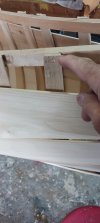 20240817_121109.jpg77.1 KB · Views: 164
20240817_121109.jpg77.1 KB · Views: 164 -
 20240817_122111.jpg71.2 KB · Views: 166
20240817_122111.jpg71.2 KB · Views: 166 -
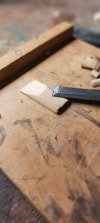 20240817_122015.jpg85.7 KB · Views: 164
20240817_122015.jpg85.7 KB · Views: 164 -
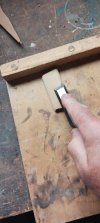 20240817_121903.jpg100.1 KB · Views: 149
20240817_121903.jpg100.1 KB · Views: 149 -
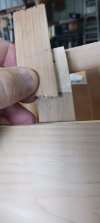 20240817_121821.jpg71.1 KB · Views: 149
20240817_121821.jpg71.1 KB · Views: 149 -
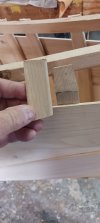 20240817_121738.jpg73.6 KB · Views: 136
20240817_121738.jpg73.6 KB · Views: 136 -
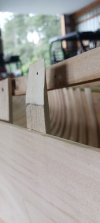 20240817_121643.jpg61.2 KB · Views: 143
20240817_121643.jpg61.2 KB · Views: 143 -
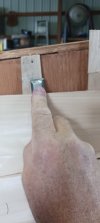 20240817_121351.jpg61.6 KB · Views: 146
20240817_121351.jpg61.6 KB · Views: 146 -
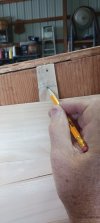 20240817_121337.jpg87.1 KB · Views: 158
20240817_121337.jpg87.1 KB · Views: 158 -
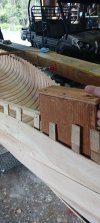 20240817_121238.jpg132.8 KB · Views: 171
20240817_121238.jpg132.8 KB · Views: 171
